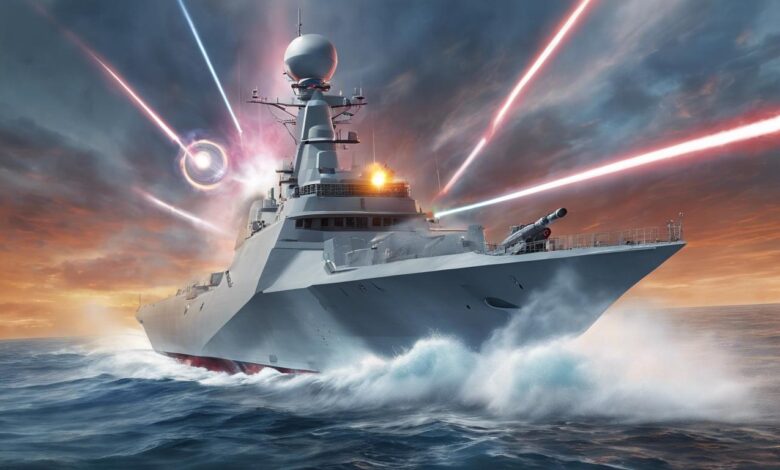UK accelerates deployment of DragonFire laser weapon on naval warships

In response to evolving global threats, the UK Ministry of Defence is fast-tracking the deployment of its advanced laser weapon system, DragonFire, aiming to have it operational by 2027 on Royal Navy warships.
The UK Ministry of Defence (MoD) has expedited the deployment of its high-power laser weapon, DragonFire, which is now set to be operational on Royal Navy warships by 2027, well ahead of the original 2032 schedule. Defence Secretary Grant Shapps announced the move, explaining that rapidly evolving global threats necessitate quicker acquisition of advanced military technology.
Developed in a joint venture involving a £100 million investment by the MoD and industry partners, DragonFire can strike with the precision of hitting a £1 coin from a distance of 1,000 meters while remaining invisible and silent due to its specific light wavelength. This technology combines 37 laser beams in a hexagonal array for precise targeting and effectiveness.
Shapps has highlighted Britain’s advanced position in electronic warfare relative to other nations, including the US, China, Iran, and Turkey. Alongside the DragonFire system, the UK is also developing new Radio Frequency weapons capable of disabling electrical systems instantly, enhancing the UK’s military capabilities significantly.
The laser, which operates at less than £10 per shot, provides a cost-effective solution to conventional missiles for countering threats like drones and has also been tested successfully against ballistic missiles. Despite its potential, challenges such as the need for a stable power source and direct line-of-sight targeting remain.
Looking ahead, there is discussion about deploying DragonFire in Ukraine to counter Russian drones, although the effectiveness of laser weapons in combat situations is yet to be fully tested and proven. The UK remains committed to advancing its military technology to address contemporary security threats effectively.








